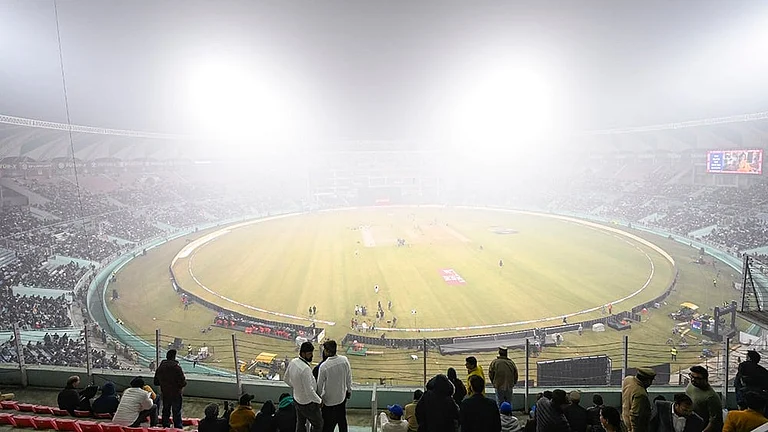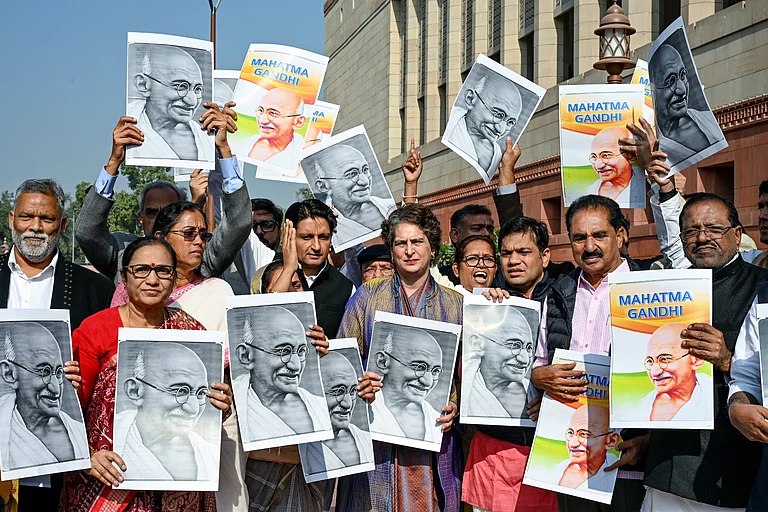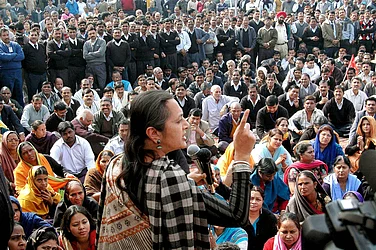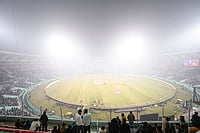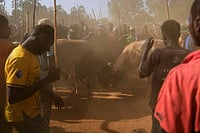WHY are blow-outs occurring with such alarming regularity in the Krishna-Godavari basin, where the ONGC is entrusted with the onerous task of exploring oil and gas? The ONGC has already dug more than 300 wells in the basin since 1978, and could tap a well to produce 100 tonnes of oil and 3,000 cubic metres of gas a day. The problem is, the area is considered a seismic zone, and the seismic pressures are blamed for the frequent blow-outs. Says M. Rangarajan, ONGC's group general manager (projects): "A blow-out is nothing but an accident. It is no less than a natural calamity." The growing criticism following three blow-outs at Komarada (in 1993) and Pasarlapudi-19 (in 1995), besides the one at the Mandapeta-west well on February 19, forced senior officials of the premier Oil and Natural Gas Corporation to do some soul-searching. Rangarajan disagrees with those who blame ONGC engineers for the Pasarlapudi blow-out. "Look at the rate of accidents during drilling by any of our competitors the world over," he says. David Barnet, head of Wild Well Control Inc., the US-based expert group called in to fight the fire, endorses the ONGC claim: "The ONGC is well equipped with the latest technology and has trained personnel of the Crisis Management Team (CMT) to han-dle such eventualities," he says.
But then, why were the US experts called? Shrugging, David claims: "Obviously, we are in the business just to fight fire. We are like any specialist doctor, either in orthopaedic or cardiology or neurology." Rangarajan echoes the same views: "We (ONGC) are basically oil or gas explorers. Putting off fires is not our duty." Neither the CMT nor the US experts wants to take any chances before finally capping the Mandapeta well blow-out. Admits K. Satyanarayana, head of the CMT: "Our immediate task is to clear the debris around the well mouth and have a better look at it, before making any move to cap the well." But the US experts suggest that the ONGC must dig the relief well before capping the rogue well.
Both the US experts and the CMT members agree that it was a minor blow-out. But Rangarajan justifies his decision to seek US experts' assistance, saying: "I said on the first day itself that the well had to collapse on its own. If it doesn't, then it may lead to complications, like in the case of Pasarlapudi-19, and may take as much time as it did—40 to 60 days." Senior ONGC officials admit that the Mandapeta well cannot be revived unlike the one at Pasarlapudi, where 1.5 million cubic feet of gas is now being produced a day. The only consolation is that the Tata Company's rig is insured and thus the loss is minimal. However, the ONGC still has to cough up over Rs 60 lakh to the US experts for availing of their consultancy services.









